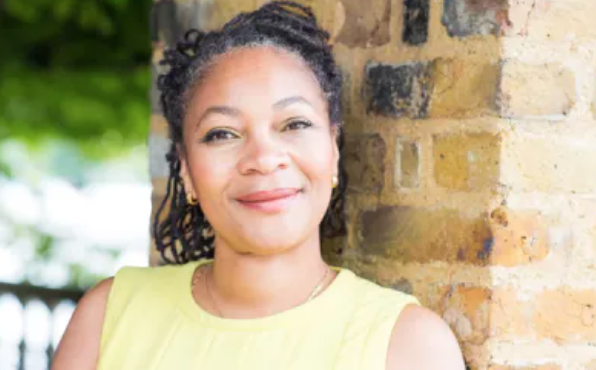As an early years educator, you require an extraordinary suite of skills to manage the high energy atmosphere of your setting: listening, teaching, playing, nurture, conflict management, behaviour management, forward-planning, safeguarding, cultural awareness… and also an understanding of neurodiversity.
The term neurodiversity was coined in 1998 by an autistic Australian sociologist, Judy Singer and was quickly adopted by the autistic activist community. The word neurodiversity is derived from the root words “neuro” (Greek for nerves) and the Latin root of diversity means “facing both ways.” It’s an umbrella term that summarises the deeply complex area of human neurological difference, which presents as divergent thinking and learning styles, social interaction, communication and a wide range of behaviours. It’s a vast field of study, that zig-zags from brain chemistry, hormones and chemical messengers in the central nervous system, into every area of human-being-ness. In terms of understanding the field of neurodiversity which encompasses such a wide range of neuro-types, we are barely touching the surface.
Infants change so much between 0-5 years and it’s miraculous to watch. There are so many variations in individual children though – so how are you supposed to recognise a neurodiverse child? It can be difficult to isolate common pre-school behaviours from those that may be pointing to a longer-term developmental difference. Toddler tantrums, ‘attachment’ issues and early language delay, may be dyslexia or attention deficit in disguise. Whilst it isn’t the role of the early years’ practitioner to diagnose, your skills as early years specialists can be helpful in observing and recording specific behaviours which may provide valuable information as part of the diagnostic process.

A key aspect of supporting neurodiverse young children is to remember that they’re not broken or ill – but they do need additional tools or adult support to make certain tasks more manageable in line with their specific neurological difference. Some youngsters have more than one neurodiverse condition at the same time, for example, autism and dyspraxia. Instead of trying to solve the neurodiversity puzzle, here are some tips to help with your observation and interventions:

The diagnostic pathway can depend on where you are in the country and which health agency is doing the assessment. As a general rule, if a young person is struggling in a certain area, it is good practice to try suitable interventions which may assist their learning or comfort level, without waiting for a formal diagnosis.
There are many adaptations you can put in place with use of additional advice and input from associated health practitioners, such as occupational therapists or speech and language therapists. Learn to accept neurodiversity in your setting: being strict, shouting or telling off will not help a child who isn’t able to meet your expectation of how well they can read, talk, play or self-regulate. Keep learning and remember to celebrate when things are going well.

Suzy Rowland is a cognitive behavioural therapist, founder of #happyinschool project and author of S.E.N.D. in the Clowns.